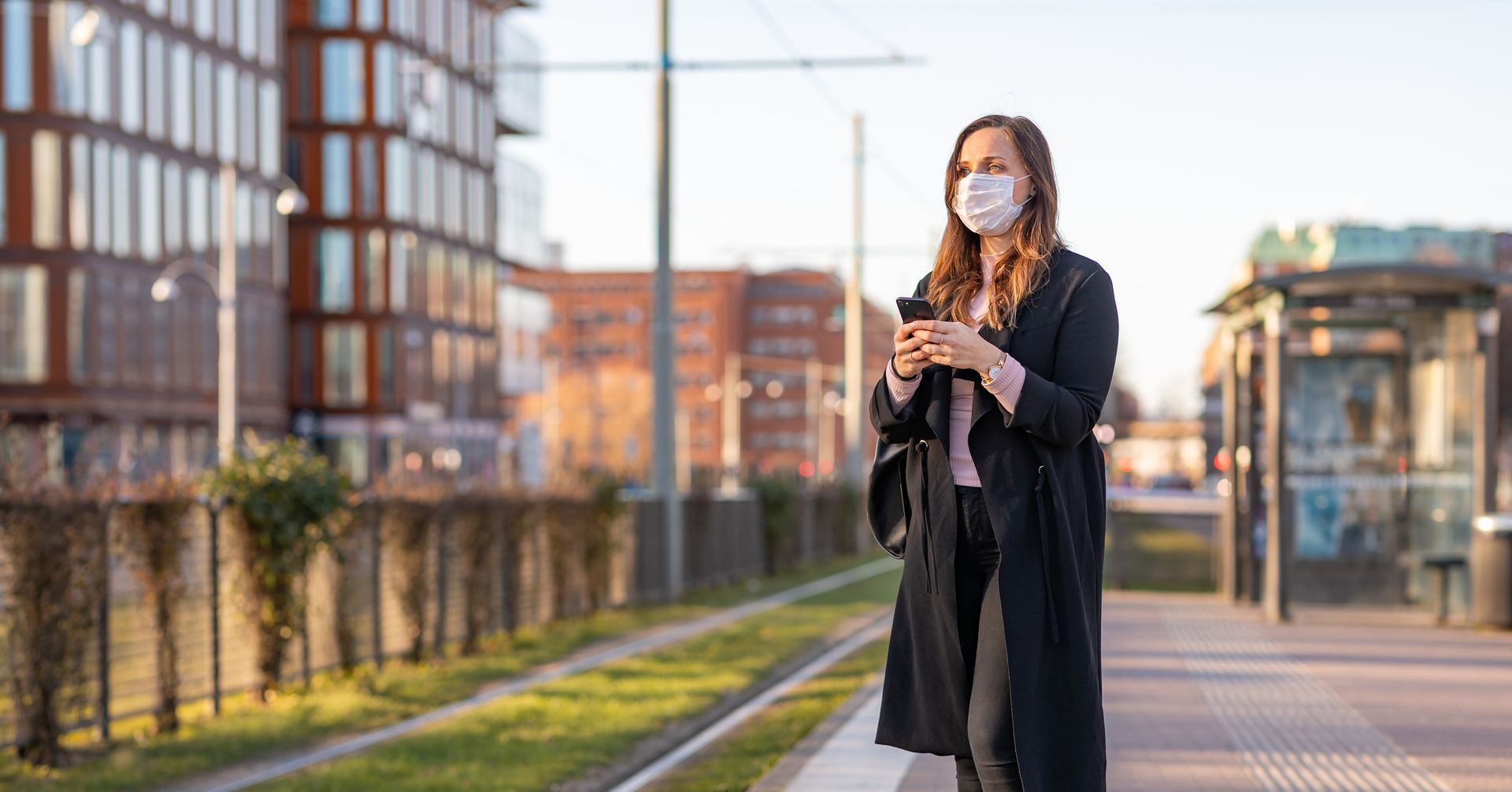Digitalization of public transport in the Nordics & Baltics
How IoT and data insights are changing the way we move


Executive Summary
The Nordics and Baltics have some of the world’s most advanced and well-functioning public transport systems. Even so, they have struggled in recent years to increase passenger numbers despite increasing investment. This has been further compounded by the COVID-19 pandemic.
Increasing ridership by attracting new passengers while retaining existing ones is identified as a key goal for the public transport industry. Lack of ridership growth has a flow-on effect to limit ticketing revenues, which in turn increases the pressure on already tight profit margins. This is compounded by increasing competition from multi-national operators scaling to new markets and new digital-first market entrants, such as ride-sharing and eScooter services. In order to counter this pressure, cost reduction is identified as a second goal that the public transport industry must strive to achieve. The third main goal identified is to meet the high sustainability ambitions that the industry itself, and the cities that it serves, have set.
Public transport authorities and operators identify digitalization as having the potential to play a major part in meeting these goals. Applications that combine data from onboard the vehicle with external data sources are already providing real-time driver information and insights for public transport operators and authorities. Examples such as smart payment systems, real-time fleet management and predictive maintenance help to reduce operating costs and environmental impact and deliver a better experience for passengers.
Efficiency is highlighted as an area of extra focus. Examples here include eco-driving that has been proven to reduce fuel costs and associated emissions by up to 12 percent. Newly emerging digital solutions such as crowd movement analysis are identified as tools that can be used to understand passenger needs and optimize route planning.
Our analysis finds that a full deployment of the digital solutions available today could increase public transport ridership by up to 18 percent*. This potential will continue to rise as new digital possibilities emerge.
While the benefits of digitalization would suggest their adoption is, to a large degree, inevitable; public transport authorities, through the tendering process, will ultimately determine the pace at which it occurs. In preparation for this, public transport operators are building the competence and partnerships to be ready to fulfil these tender requirements as they emerge.
With an ever-changing competitor landscape and the significant impacts of the COVID-19 situation, making the most of the increased efficiency and service quality gained from digitalization is an opportunity the industry needs to prioritize.
What's in the report
- Nordic & Baltic overview
- Impact of COVID-19
- Local trends
- Understanding crowds
- Pain Point 1: Attracting passengers
- Pain Point 2: Passenger satisfaction
- Pain Point 3: Modernization pressure
- Pain Point 4: Competitive advantage
- Digitalization in action
- What will 5G drive?
- Cases from the real world
- The road ahead
DOWNLOAD THE FULL REPORT
Digitalization of public transport in the Nordics & Baltics
How IoT and data insights are changing the way we move

DATE

Executive Summary
The Nordics and Baltics have some of the world’s most advanced and well-functioning public transport systems. Even so, they have struggled in recent years to increase passenger numbers despite increasing investment. This has been further compounded by the COVID-19 pandemic.
Increasing ridership by attracting new passengers while retaining existing ones is identified as a key goal for the public transport industry. Lack of ridership growth has a flow-on effect to limit ticketing revenues, which in turn increases the pressure on already tight profit margins. This is compounded by increasing competition from multi-national operators scaling to new markets and new digital-first market entrants, such as ride-sharing and eScooter services. In order to counter this pressure, cost reduction is identified as a second goal that the public transport industry must strive to achieve. The third main goal identified is to meet the high sustainability ambitions that the industry itself, and the cities that it serves, have set.
Public transport authorities and operators identify digitalization as having the potential to play a major part in meeting these goals. Applications that combine data from onboard the vehicle with external data sources are already providing real-time driver information and insights for public transport operators and authorities. Examples such as smart payment systems, real-time fleet management and predictive maintenance help to reduce operating costs and environmental impact and deliver a better experience for passengers.
Efficiency is highlighted as an area of extra focus. Examples here include eco-driving that has been proven to reduce fuel costs and associated emissions by up to 12 percent. Newly emerging digital solutions such as crowd movement analysis are identified as tools that can be used to understand passenger needs and optimize route planning.
Our analysis finds that a full deployment of the digital solutions available today could increase public transport ridership by up to 18 percent*. This potential will continue to rise as new digital possibilities emerge.
While the benefits of digitalization would suggest their adoption is, to a large degree, inevitable; public transport authorities, through the tendering process, will ultimately determine the pace at which it occurs. In preparation for this, public transport operators are building the competence and partnerships to be ready to fulfil these tender requirements as they emerge.
With an ever-changing competitor landscape and the significant impacts of the COVID-19 situation, making the most of the increased efficiency and service quality gained from digitalization is an opportunity the industry needs to prioritize.
What's in the report
- Nordic & Baltic overview
- Impact of COVID-19
- Local trends
- Understanding crowds
- Pain Point 1: Attracting passengers
- Pain Point 2: Passenger satisfaction
- Pain Point 3: Modernization pressure
- Pain Point 4: Competitive advantage
- Digitalization in action
- What will 5G drive?
- Cases from the real world
- The road ahead
DOWNLOAD THE FULL REPORT
